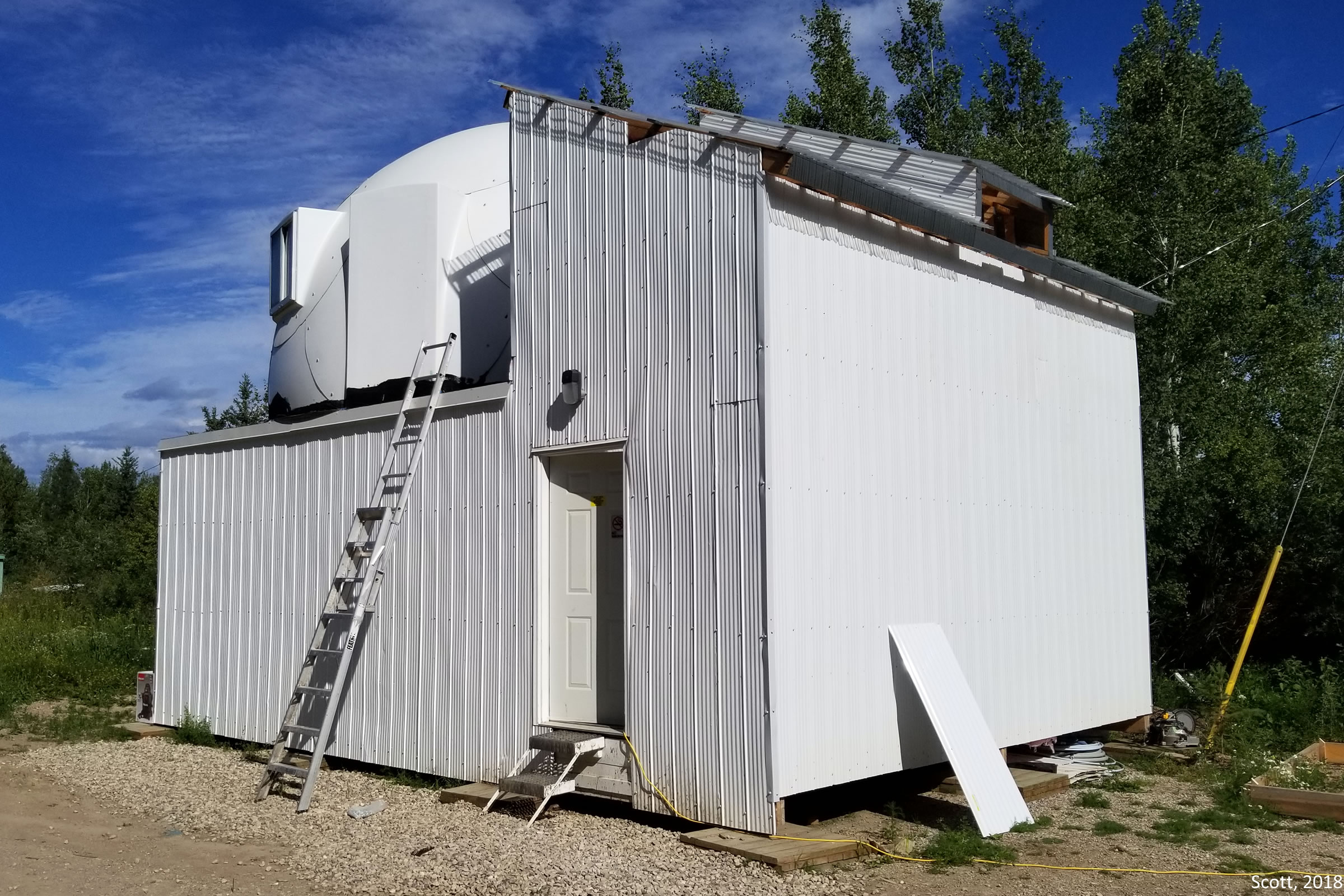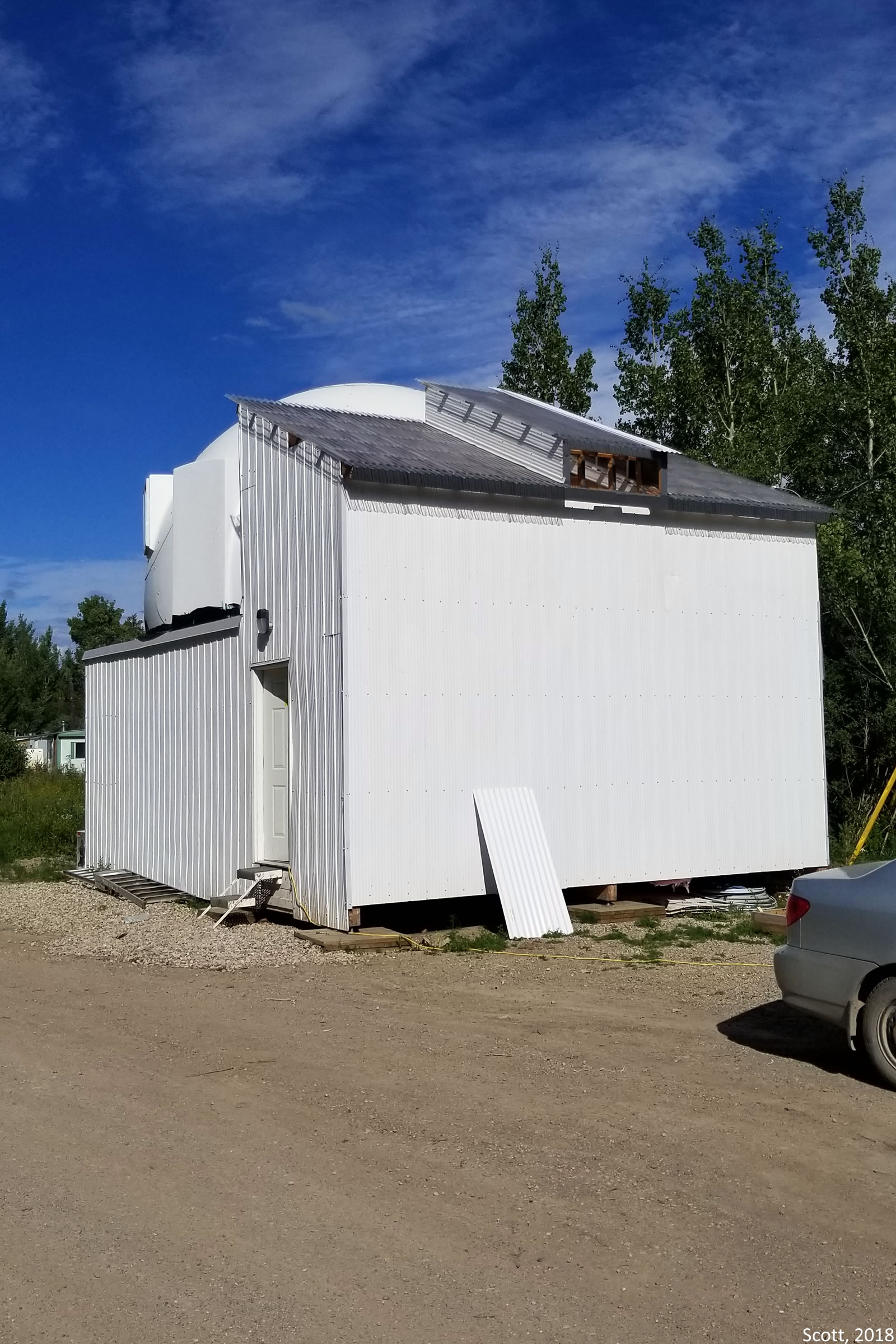



Egg farming at the North Pole
How Canadian egg farmers and innovators plan to bring fresh eggs to the furthest reaches of CanadaWords Yvonne Dick
How do you raise chickens if you’re an egg farmer in the land of snow, ice and shield rock? This is the challenge for those who live and work in the Arctic zone of the northern territories of Canada. Roughly the same latitude as Southern Greenland and stretching north alongside Iceland to the farthest point of Northern Greenland, Northern Canada is home to polar bears, the Arctic Ocean and – at a geographical stretch – the North Pole. It is virtually unheard of to have a basement or cellar in a home or business up here.
Ice and rock make it difficult to build roads or rail and trucks bring supplies only during certain parts of the year. The rest of the time, food is often brought in by plane – at great expense. Fresh items cost the most. Basics such as medium-sized white eggs cost around C$7 (£4.19) a dozen. Researchers and egg farmers in the country have therefore been collaborating to bring better and more affordable food to these remote regions.

Up north, scientists and researches often communicate with government agencies and local businesses in order to keep everyone apprised of changing situations and any new opportunities that might arise. Choice North Farms and Hay River Poultry are farms based in Hay River, Northwest Territories. In Canada, a poultry farmer’s average flock size is 22,255 hens. In striking contrast, Choice North Farms’ business owns 118,000 egg-laying hens. It is also said to be the only registered egg producer for the northern territories of Canada.
The Canadian Northern Economic Development Agency (CanNor) is a federal agency with offices in Yukon Territory, Nunavut, and the Northwest Territories. The agency provides assistance through programmes and funding to help develop a diversified and sustainable economy throughout the territories.
One answer to viable, fresh food in the north is through the PoultryPonics Dome Project. It is a collaboration between Choice Farms North, CanNor and PolarPonics. PolarPonics is a company founded by Glenn Scott. He designed, built and tested the dome part of the project.
As Kevin Wallington, marketing and communications director for Choice North Farms, explains: “I was at the Hay River Greenhouse Conference. I ended up talking to Glenn Scott who has done some ‘Agri-Arctic’ research in the Yukon territory. This is where I learned about the 25ft fibreglass dome which he built at the Yukon College.”

The Yukon project studied ways in which food might be grown in harsh conditions. It used an insulated dome greenhouse and vertical hydroponic systems. Some of the greenhouse was automated. The desired outcome was to reduce the cost of making produce available. Side benefits included reductions in heat and water use. Coming from an egg-farming background, Wallington wondered about combining it with a chicken coop.
“Currently we have a dome sitting on top of our building,” says Wallington. “The dome is where the produce is grown, and the lower part is the chicken operation. [At present] we don’t need heat. We found that the chickens give off enough heat for the whole building. This significantly reduces heat fuel costs.”
“Specifically,” says Glenn Scott of PolarPonics, “we calculate the heat from the chickens to be 17 watts of heat potential. Our goal is to be as energy efficient as possible and do this project in a sustainable model. The PoultryPonics dome is 20ft in diameter and 12ft tall. It is made of fiberglass-plastic composite and sprayed inside with two inches of foam insulation. We will be getting a bioreactor to help take care of the waste from the plants and the waste from the chickens; additionally, broad-spectrum, high-pressure sodium-lens lights for the plants.”
A 20ft standard building is the main floor. It is made from a standard wood frame, steel siding, plywood, lots of insulation and a plastic interior. Recently added is an 8ft entryway. It was designed to keep frigid winter air out of the space containing the hens. There are two sections for Production Red hens, and they produce brown free-range eggs.
Heat from the chickens will be ventilated into the dome. This will provide greenhouse-like conditions for the hydroponic vegetable operation. The chickens will be fed some of the produce from the upstairs hydroponic operation. Waste will go through the bioreactor to compost and become fertiliser. The PoultryPonics project will grow leafy greens and protein vegetables. These could include cucumbers, tomatoes and beans. In the summer, berries such as blueberries and even some root vegetables may be grown as well.

Mathiew Parker of CanNor says: “CanNor funds all sorts of economic projects within the three territories [Yukon, the Northwest Territories and Nunavut]. The PoultryPonics project fits well with our funding for innovative business projects. There is also some great economic potential in addition to providing food security for the people of the north: local products which do not have to be flown or trucked into a community.”
It was a new experience for Parker. “There were a few delays initially,” he explains. “I did get to see the site, and it was my first time on a poultry farm. I am looking forward to seeing the final report and what the return on investment may look like.”
Over two years the project total cost is estimated at $160,000 (£95,872). CanNor is providing $80,000 (£47,936) and the Northwest Territories government is adding funds along with Aurora Research. Currently, the PoultryPonics project is in its early stages. It houses 260 Production Red hens from a British Columbia chicken hatchery in addition to the hydroponic vegetables. The six adaptable vertical hydroponic units can hold more than 3,000 plants.
Benchmarks set for the project will tell researchers and Choice North Farms’ egg producers whether the desired outcome has been achieved. The goal is a monthly input of less than 2,160 kWh of electricity and a water consumption of 2,800l or less - and an edible output of 400-dozen eggs and 230kg of produce per month.
“We want to keep the facility going for as long as possible – it could be five years – so that we can test it and discover the possibilities of scaling this kind of thing for communities further north,” says Wellington. “It’s important to make sure that whatever is grown in domes like this makes sense for the community it serves.”












